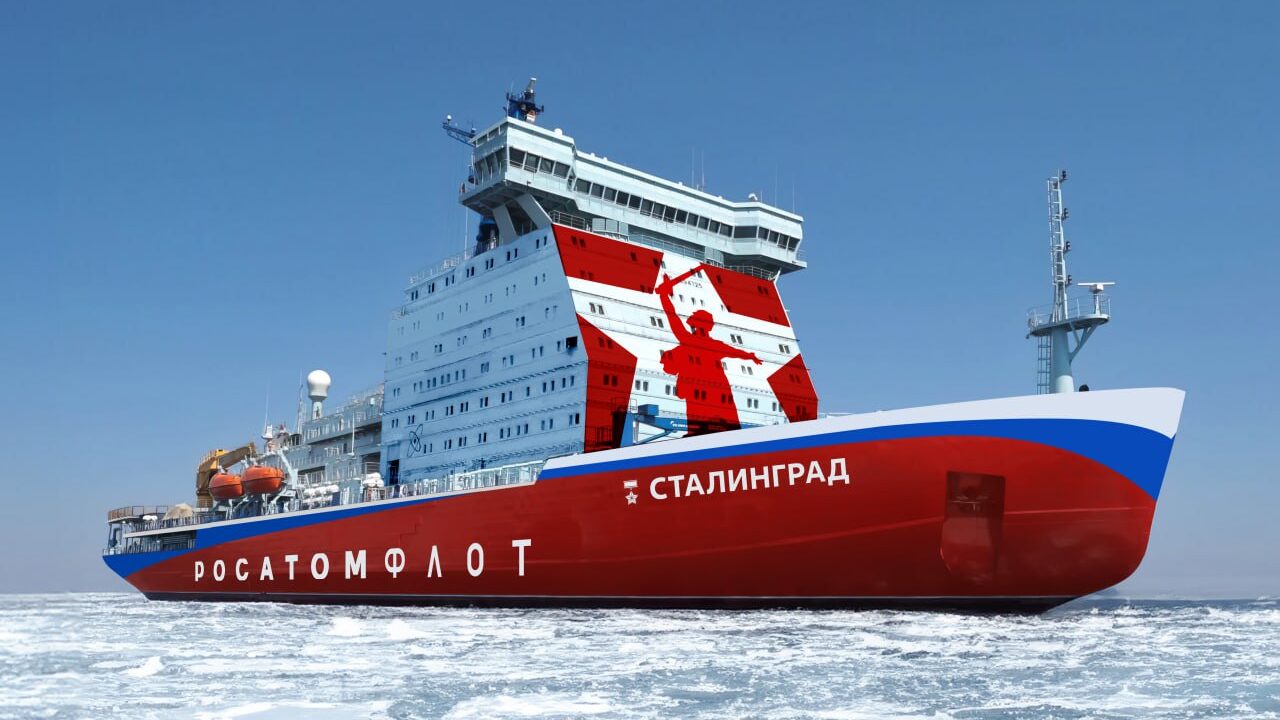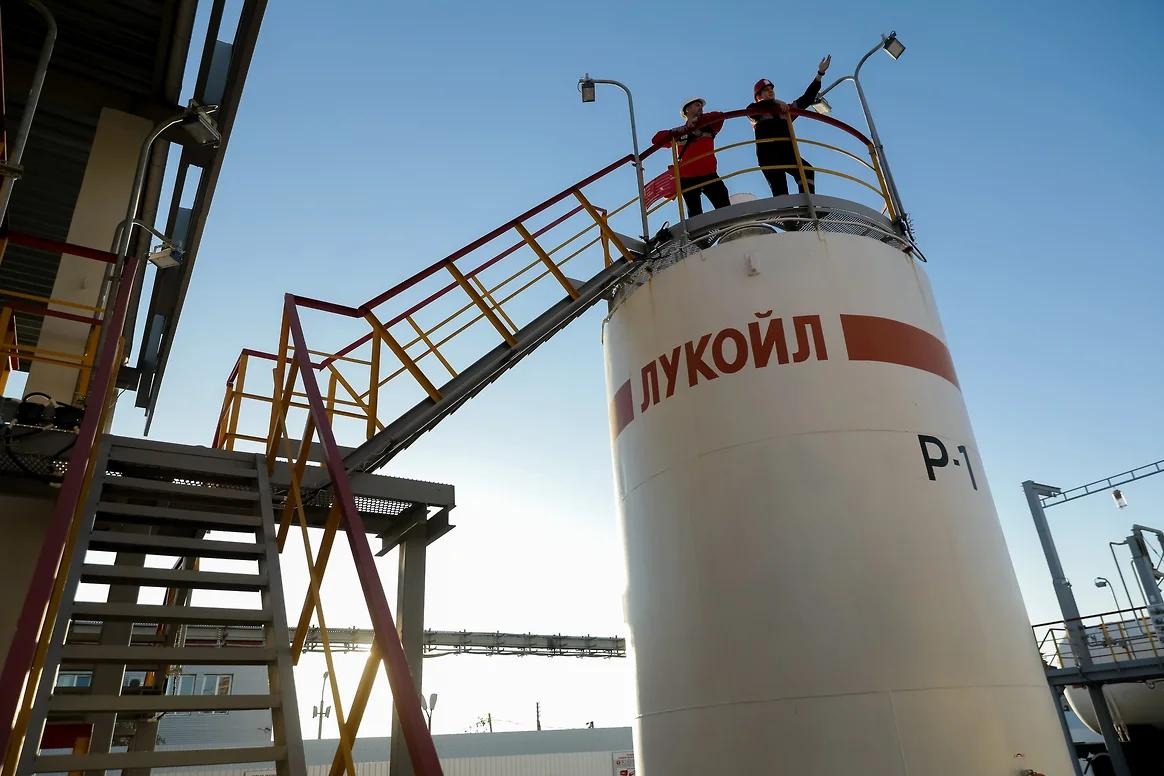Russia, LNG, and the U.S. Natural Gas Market
Russia, LNG, and the U.S. Natural Gas Market
In 2006, when oil and natural gas prices began steadily climbing, Russia’s state-owned gas company Gazprom announced that it had ambitions to become a leading Liquefied Natural Gas (LNG) supplier to the enormous U.S. gas market. Gazprom and its Kremlin masters were eager to claim more than 10 percent of this market by 2010 and then increase its share to 20 percent. The company also signaled its interests in downstream assets in the U.S., such as transport and re-gasification terminals, the Moscow Times reported on September 7, 2006.
Gazprom spokesman Sergei Kuprianov told the paper that "The U.S. market has a great potential for growth. We can only reach it using LNG technology. After all, you can’t build a pipeline from Russia to the United States."
Gazprom’s LNG ambitions at the time were fueled by various reports, including one by Price Waterhouse that predicted that LNG would account for a third of all gas trade by 2010 and 62 percent by 2020 (www.bloomberg.com/apps/news, March 1, 2007).
Gazprom, however, has had almost no experience in LNG and in order to develop its giant but desolate Shtokman field in the Barents Sea is forced to rely on the French oil and gas giant Total, which has been involved in numerous LNG projects.
In July 2007 Gazprom and Total struck a $15 billion deal for the joint development of Shtokman, in which Gazprom holds a 51 percent stake, Total holds 25 percent, and Norwegian StatoilHydro a 24 percent stake. The new joint venture company, Shtokman Development AG, is registered in Switzerland and will be organizing the project engineering, development, construction, financing, and exploitation of the first phase of the Shtokman field development. Phase one provides for a yield of 23.7 billion cubic meters of natural gas per year with the start of pipeline deliveries to commence in 2013 and LNG in 2014 (www.rigzone.com/news/article.asp?a_id=57133).
Initial plans called for part of the gas from Shtokman to be sent to the United States as LNG, but the plans changed (possibly due to German pressure on Gazprom) and the gas was slated to be shipped exclusively to Europe via the controversial North Stream pipeline. Now, Russian Prime Minister Vladimir Putin is apparently having second thoughts and is contemplating building a vast project to ship LNG from Shtokman to the United States, possibly abandoning the costly North Stream project altogether (EDM, November 20).
The planned route for Shtokman gas from Murmansk to the east coast of the United States, according to the Moscow Times on October 26, 2005, would be significantly shorter than the distance for shipments from the Middle East to North America, giving it an advantage over the Gulf exporters of LNG.”
Oil and Gas Eurasia reported on July 7, 2007, that “British Petroleum could go as far as turning Atlantic LNG, a company based in Trinidad and Tobago, into a joint venture with Gazprom and BP.” Trinidad and Tobago have been the largest LNG suppliers to the U.S. market. Gazprom did not comment on the issue, but a spokesman for BP admitted the company was in “ongoing discussions with Gazprom,” adding that the negotiations were a part of the cooperation agreement. “We said then we would discuss cooperation on future developments and would be looking at everything in our portfolio; we had ruled nothing in and nothing out.”
The Russian drive to gain a foothold in the U.S. gas market has continued unabated despite the world economic crisis and Gazprom’s serious problems of rising domestic gas consumption in Russia and stagnant production. On June 12 the Russian news agency Itar-Tass quoted Gazprom deputy chief Alexander Medvedev as saying that ExxonMobil had offered Gazprom a role in a $1 billion regasification terminal off the New Jersey coast. The Blue Ocean Energy terminal would have the capacity to supply about 1.2 billion cubic feet of natural gas per day to New Jersey and New York. In what appears to be a quid pro quo, Medvedev said that his company was considering the U.S. companies ExxonMobil and ConocoPhillips for involvement in its liquefied natural gas projects in the Arctic Yamal Peninsula (Moscow Times, November 20).
Some experts in the natural gas industry are not convinced that Gazprom is capable of taking on such a large and expensive project as supplying Russian LNG to the United States. Furthermore, they claim that the U.S. market for LNG is rapidly slowing down. Companies have dropped plans to build more LNG terminals in the USA, while large, recently discovered gas fields in the country have made new and far more expensive LNG imports a high-risk gamble.
Will this temper Gazprom’s U.S. strategy, or is the Kremlin betting that by 2030, U.S. needs for imported gas will rise sharply and Gazprom will be in a position to fill them, thereby exacting a political dividend?
In the past few years Gazprom has spent millions of dollars trying to improve its image in the United States in order to be seen as a transparent and reliable company. To some extent this is apparently paying off.


